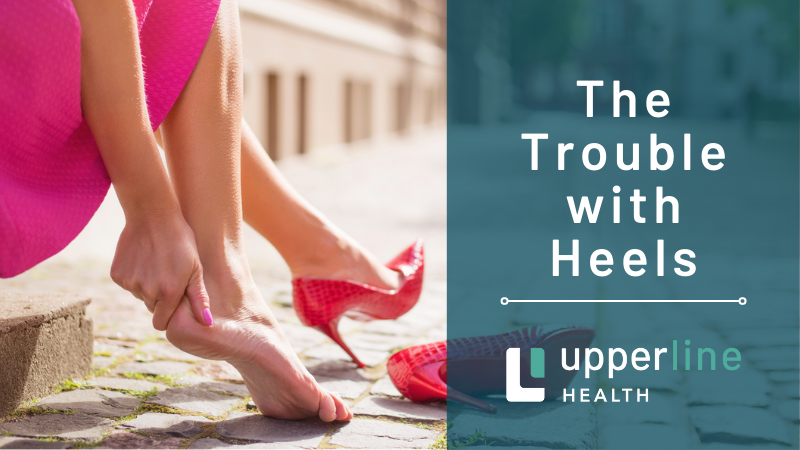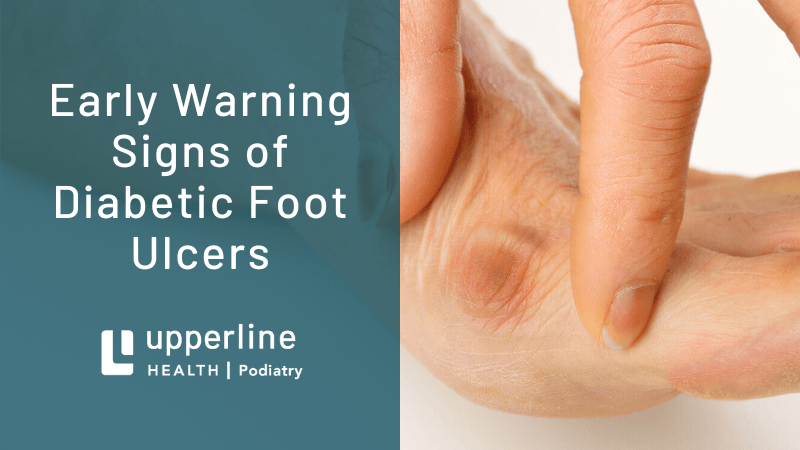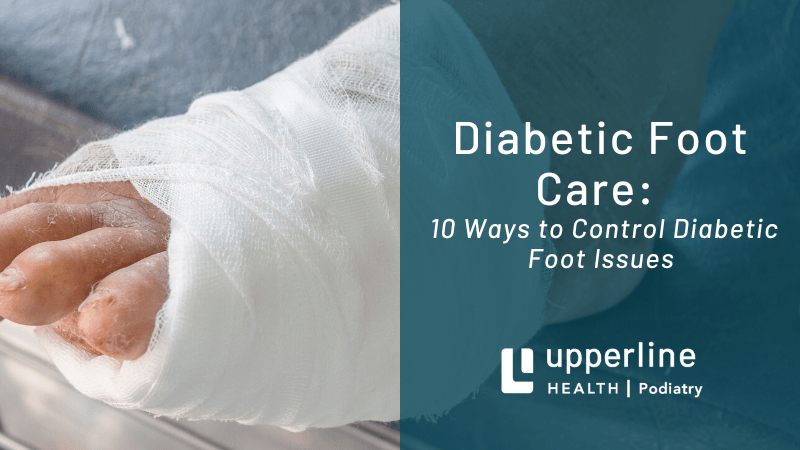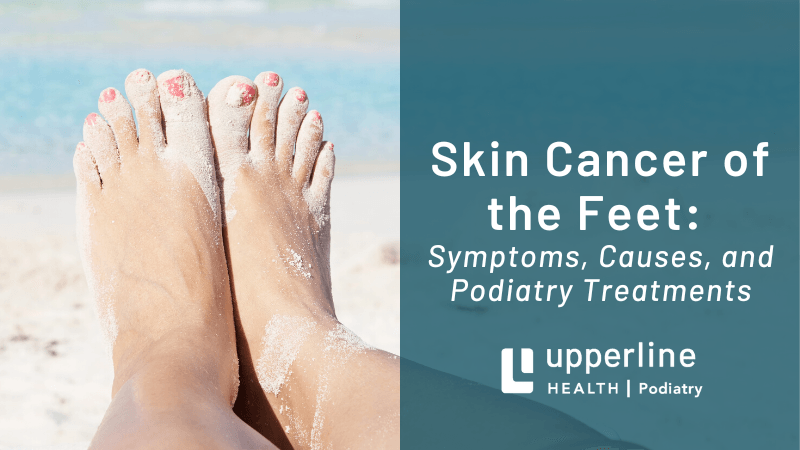The Trouble with Heels

High heels have been a mainstay in fashionable footwear for as long as time itself. Although not typically recommended by podiatrists, high heels are here to stay, especially as more and more people enter the workplace after a period of staying home.
What are the Potential Foot Issues Caused by Wearing High Heels?
Every podiatrist understands the potential for foot problems that are created when wearing high heels. Bunions, hammertoes, metatarsalgia, corns, calluses, neuromas, ankle sprains and ingrown toenails are all conditions that are directly caused by or, at the very least, made worse by tight-fitting, high heeled shoes.
It’s important that we inform patients who purchase high heels of the potential risks and offer insight into how to make these otherwise ill-fitting shoes safer for them to wear.
Foot size discrepancies
Feet often change size, even going up a full size as we age, give birth, or experience health issues. Patients often comment on a specific brand of shoe fitting better than another, when in truth, foot sizing isn’t regulated. And most patients haven’t had their feet properly sized since they were young. It’s important to note that a proper shoe fitting every few years from a professional is essential to purchasing proper footwear.
Proper measurement
The Brannock Foot-Measuring Device was patented in 1927 and is still the standard for foot measuring. Heel-to-ball measurement is the preferred reference for purchasing heels. A properly-fitting heel has full arch support, eliminating the need to rest most of one’s weight on just one join in the ball of the foot.
Why Heels Are Troubling
Heel slippage occurs when the shoe has more volume than the foot. Consequently, the foot slides forward and the heel repeatedly slips out.
This may result in hammertoes due to the toes gripping as an attempt to stop the slide. Bunions and neuromas are common issues with frequent high heel use. Plantar fasciitis and stress fractures are also common in patients who wear high heels on a consistent basis.
The Solution
While there isn’t a recommended way to wear high heels, there are a few solutions that may help alleviate issues.
Patients should seek out a larger toe box and lower heel. This helps with stability of the arch and lessens the imbalance of weight distribution. Also, patients should consider only wearing high heels for part of their day and avoid pointy toe styles, preferring platform and kitten heels (keeping in mind platform heels often lead to ankle injuries. Yikes!)
As high heels will inevitably continue to be a part of our culture, making a few small changes can assure that patients maintain proper foot health.
If there is a change to your overall foot health, or if you are in immediate pain due to inflammation or swelling, call your local
Upperline Health podiatrist immediately.



